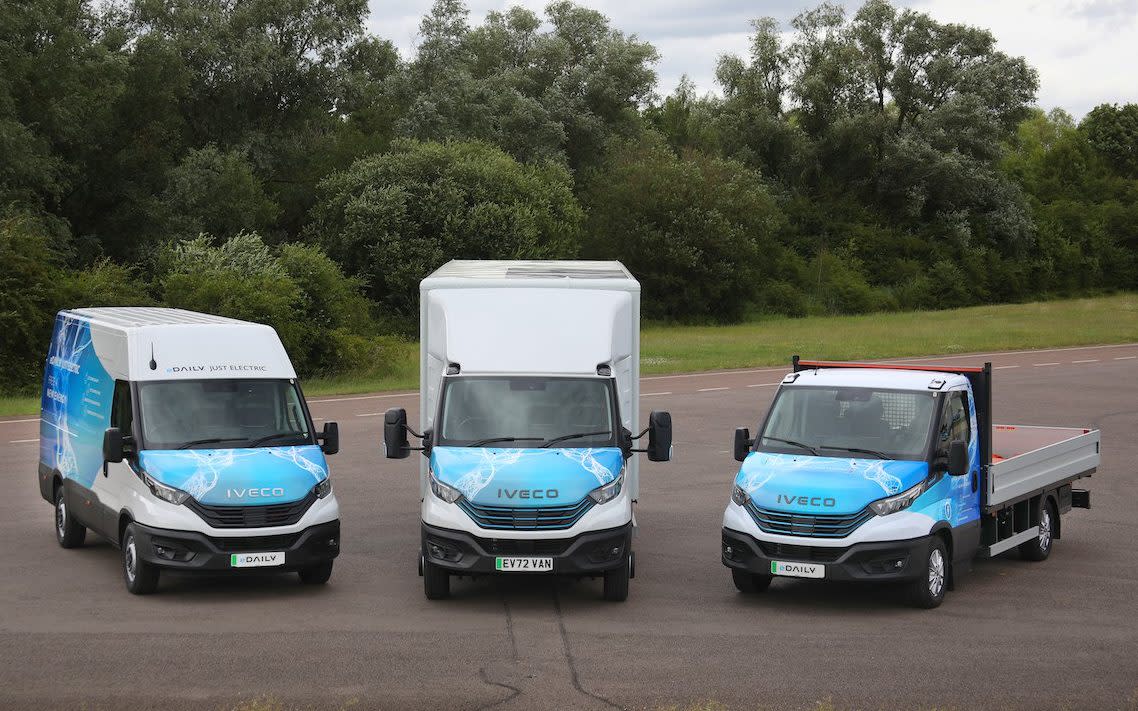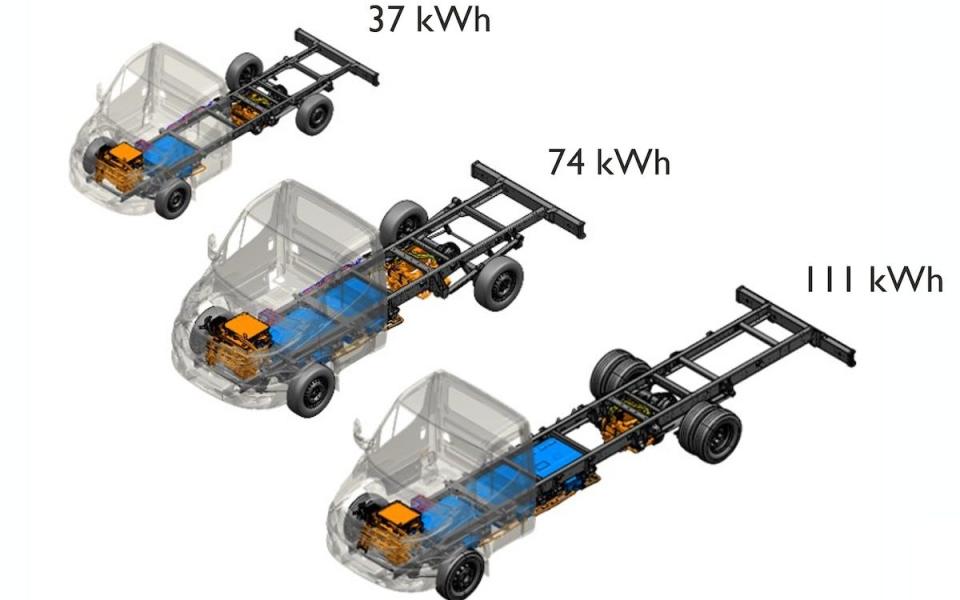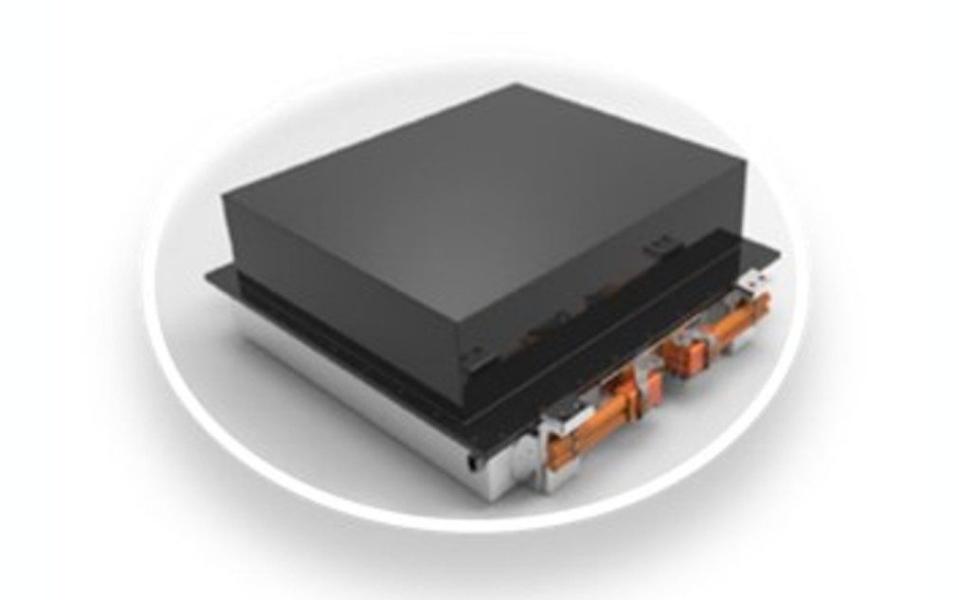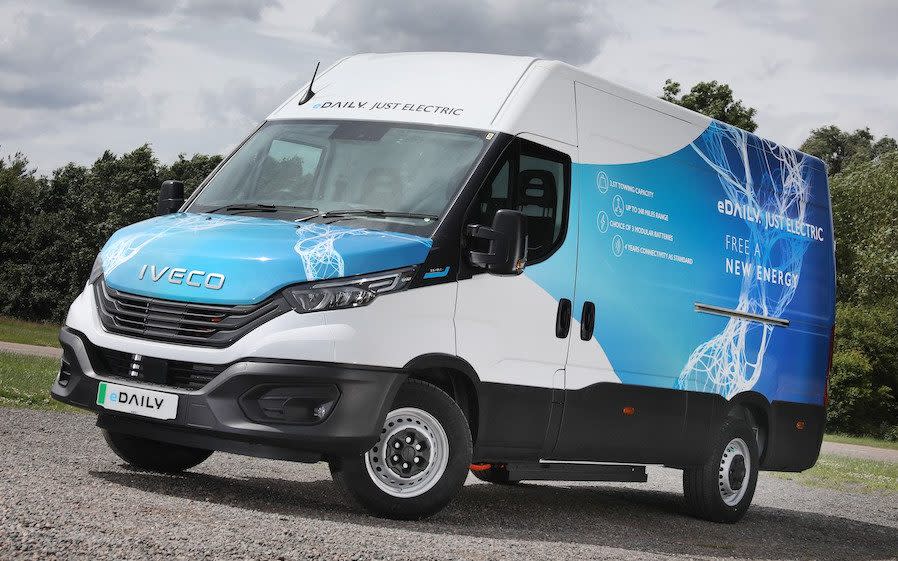Battery swap tech: a game-changer for EVs

Battery swap technology has been around for a while. Nio, the Chinese EV brand, has recently passed three million battery swaps in China, and is to roll out 120 battery swap stations across mainland Europe in the next few years as it begins its European sales offensive. CATL, the Chinese battery giant, has also dabbled in various battery swap technologies for its Evogo car-sharing platform and also with lithium iron phosphate (LFP) battery swap tech for heavy-goods vehicles.
These roadside battery swap systems allow the cassette-style battery packs to be switched for a fully charged one in about five minutes at a dedicated roadside station. It’s a faster alternative to charging – that’s always been the ultimate point of battery swap technology – until now.
Iveco, the Italian commercial vehicle brand, has rethought the benefits and has now launched its eDaily range of vans. These offer a swappable, cassette-style battery system that fits neatly into the ladder-frame chassis used beneath the various eDaily vans, but rather than being a roadside swap, it is designed to offer businesses the ability to easily “right size” a vehicle’s battery for the purpose it is serving at that time.
The Iveco eDaily includes a range of van and flat-bed bodies and wheelbases, and are offered with 37kWh battery packs and can be fitted with up to three packs. Hence, you can have 37, 74 or 111kWh (35, 70 and 105kWh usable battery capacities, respectively) for a combined WLTP driving range of between 74 and 248 miles depending on the van in question, as well as the battery capacity.

These packs can easily be retrospectively added or removed from the van’s modular chassis, so that the fleet manager can alter each vehicle’s potential range and maximum load allowance to suit its use. Each 37kWh battery pack is identical, so it also means that batteries are interchangeable between Iveco eDaily vehicles on the same fleet, allowing the batteries to be used for as long as possible. A unique reference on each pack also means that it’s easy to keep track of where they are and their state of health.
What about the weight and cost?
This is where the eDaily range becomes trickier to justify. Each of those battery packs weighs 270kg. So, while the modular battery system allows a business to maximise range where it is needed, or shift a pack from one vehicle to another to get best use from the available packs, adding a battery also reduces the maximum payload of the vehicle. Every van is limited to a certain overall weight and the battery is a big part of that. Basically, you can carry less stuff in the van if you’ve got more batteries on board.
Even so, the idea of using battery swapping as a way for businesses to maximise the use they can get out of the vehicles and batteries is a solid one, in principle.
Iveco uses lithium-ion batteries from US company, Microvast, and each pack can be removed and re-installed in about two hours at Iveco service centres. Labour costs for that battery swap haven’t been confirmed, but they’ll be minimal next to the cost of a new 37kWh pack, which can be bought retrospectively for about £15,000.

The eDaily system is also designed to be able to take hydrogen fuel cell technology in the future, which is another area in which Iveco has been active – collaborating with Hyundai on a hydrogen-fuelled bus that was recently revealed, among other hydrogen projects.
Cost, then, is a huge issue for the battery-powered eDaily; it’s many thousands more than comparable electric vans that live with conventional, fixed-battery powertrains – never mind conventional diesel equivalents.
At least the batteries in the eDaily are warrantied for eight years and 155,000 miles (100,000 miles on a single-battery vehicle), and a performance guarantee of 80 per cent means that Iveco will replace or refurbish the battery if it drops below 80 per cent of its as-new range performance in that warranty period. That warranty stands, regardless of how often the 80kW DC rapid charging may be used.
Servicing is also only every two years and 30,000 miles, and towing capacity is an impressive 3.5 tonnes – all of which is critica lto commercial vehicle users.
Will battery swaps make it into passenger cars?
That really depends on who you ask. Nio, of course, would argue that it’s the best solution.
Iveco has no plans to offer its battery tech to third parties any time soon. Mike Cutts, business line director at Iveco, said that “the system is unique to us. We’ve developed it in-house – not just for electric but also for adaption to hydrogen in future. There are no plans that I’m aware of to sell our technology to third parties.”
However, if Tesla is to be believed, battery swapping doesn’t make sense – not even for commercial and heavy-goods vehicles, such as the Cybertruck and Semi. In 2021, having trialled battery swapping previously, the American company stated that “electric vehicle charging is the best way to power its vehicles, and that battery swapping is riddled with problems and not suitable for wide scale use”.
Battery swap – a good idea for commercial use
Arguably it’s in commercial applications that roadside battery swapping makes most sense, as the batteries in lorries or large vans often need to be bigger than in passenger vehicles, and the mileage covered is often very high. Hence, the time and frequency of the vehicle’s charging needs can be prohibitive – and can impact business operations. For this reason, despite Nio’s apparent success in China with battery swap tech in passenger EVs, it’s more likely that it will be commercial vehicles that will see the greatest demand when it comes to battery swap technology.
Driving the Iveco eDaily
Electric propulsion makes a lot of sense for vans in terms of the way they drive. More low-down torque and better refinement make it a far more enjoyable experience than the traditional diesel.
Which is all very obvious as I set off in a rear-wheel drive, 3.3-tonne 35S14EV Iveco eDaily panel van, complete with two 37kWh battery cells on board, for a 70kWh (usable) total battery capacity, and a WLTP electric range of 146 miles. Complete with air suspension, it’s a floaty, comfy thing to drive, with lots of body movement but not in a vomit-inducing way; it’s more than well-controlled enough to avoid that.

You can select various different regenerative braking modes including Sailing mode, which allows the vehicle to freewheel, or there’s a default mid-level mode, and a heavy one-pedal mode that’s well suited for around town – as is the brilliant turning circle. Wind on full lock and the van virtually turns on its own axis.
Ultimately, the way it drives is one of the real selling points for the eDaily. It’s comfortable, far quieter than a diesel equivalent, and generally incredibly easy to drive.
Will all vans have swappable batteries?
Not any time soon, no. The modular battery technology certainly makes the Iveco eDaily one of the best electric vans, and it’s an impressive piece of tech of which this very innovative company should be rightfully proud.
But even tax incentives and ongoing plug-in van grants in the UK won’t be enough to justify the Iveco’s pricing (from about £56,000 up to more than £100,000 for the biggest, long-range vehicles) especially for small companies that may also face high costs for installing charge points. It is bigger companies with large fleets covering varied uses that will likely see the benefits from the eDaily’s flexible battery options – and that will be more likely to be able to support the fleet’s charging needs, and to see enough benefits in the running costs to justify the initial outlay.
At this point, battery swap tech for passenger vehicles seems extremely unlikely, but for vans it could well become a more popular option. But, even more so in this context than in that of passenger cars, it feels like lighter and more affordable batteries are needed to make battery swap truly effective and justifiable in the mainstream.

 Yahoo News
Yahoo News 
